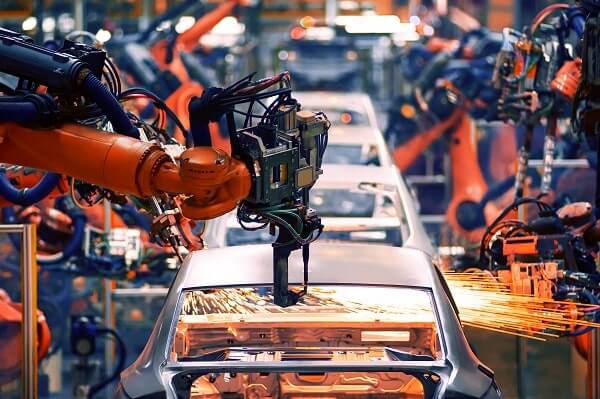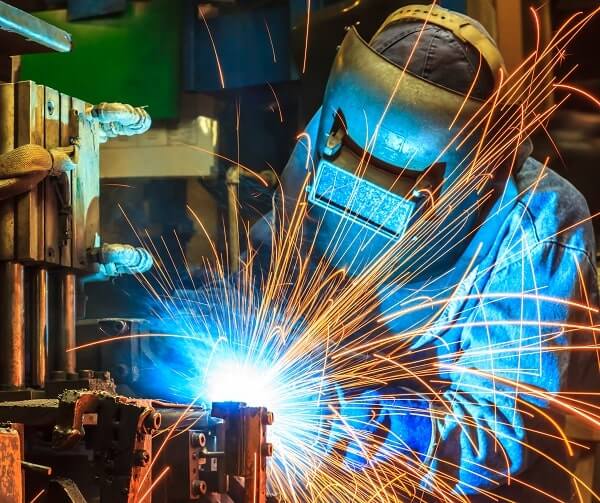
Innovations in Plumbing: A Guide for Aspiring Plumbers
Recent innovations in plumbing materials and technologies have revolutionized the industry, making systems more durable, cost-effective and environmentally friendly. For prospective trade school
Robots may seem like science fiction, but when it comes to welding, they are an increasingly popular welding tool. Hollywood has given us entertaining robots, like C-3PO from Star Wars and T-800 from The Terminator, but today’s robots are giving us something even more exciting—automation in welding.
Automation enhances the welding trade like never before. It brings new possibilities to the forefront, helping companies make products more efficiently and giving human welders the opportunity to remain focused on projects that would otherwise fail without their individual creativity, flexibility and expertise. Learn more about why automation in welding is gaining ground below.
Welding robots automate the welding process, which requires a high level of skill and accuracy. Just like the American Welding Society certifies people in manual welding, it also certifies people to be robotic welding arm operators. Using a controller device, a welding operator can program the robotic welder to move, heat the rod and join two pieces of metal.
Robotic welding is ideal for large manufacturing projects that require repeatability at scale, when there simply aren’t enough professional human welders to tackle a project while staying safe. But human welders with hands-on welding training are still critical to the welding industry. Automation assists human welders for several reasons.

Some cons of automated welding include a higher upfront cost to invest in complex robots and less flexibility in responding to changes that require reprogramming by a human operator. Sometimes, depending on the project, a human welder could complete the task faster than it would take to program the robotic welder.

Robotic welding is useful on manufacturing assembly lines when a company needs to work quickly to ensure their output surpasses the competition. Robotic welders help complete the same task hundreds or thousands of times with precision. This is why a variety of industries are increasingly turning to innovations in welding to help human welders, including:
Some people may worry that robots could take away tasks from humans. But manual welding still has an enormous place in society. Welders who have gained hands-on skills of the trade can adapt more quickly to changes in weld styles and project requirements than robots. If the welding field sounds exciting or like it fits your interests and goals, consider learning the welding trade!
Connect with the Apex Technical School Admissions team by phone or online. We’re scheduling tours of our welding classrooms and shops now, and enrollment in the Combination Welding Technology program starts soon.
*Apex Technical School and its instructors are licensed by the State of New York, New York State Education Department.
Disclaimer: Apex Technical School provides training for entry-level jobs. Not everything you may read about the industry is covered in our training programs.

Recent innovations in plumbing materials and technologies have revolutionized the industry, making systems more durable, cost-effective and environmentally friendly. For prospective trade school

In today’s competitive job market, specialized skills and credentials are crucial. Trade schools like Apex Technical School in New York City offer the

Among the many trends set by Gen Z, from TikTok to streaming services and a resurgence of 90s fashion, the biggest rising trend